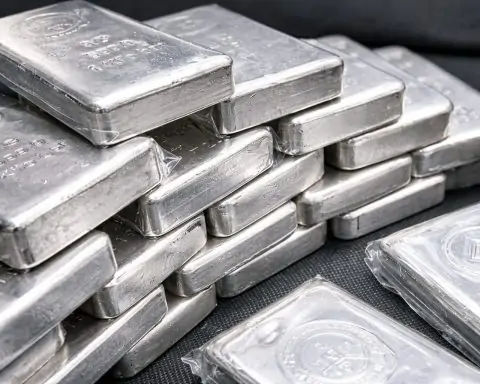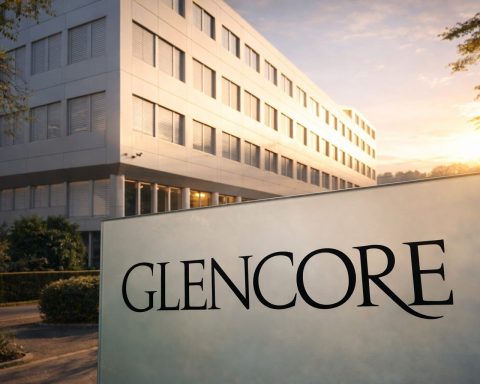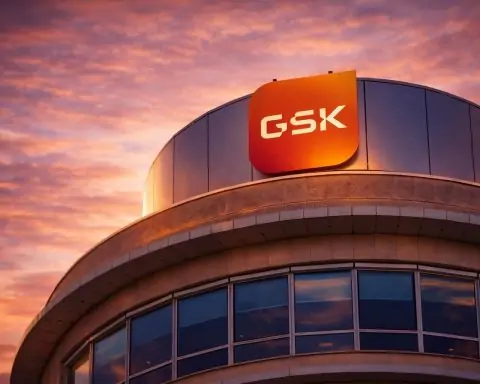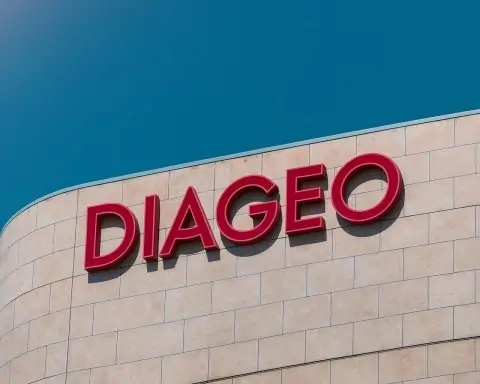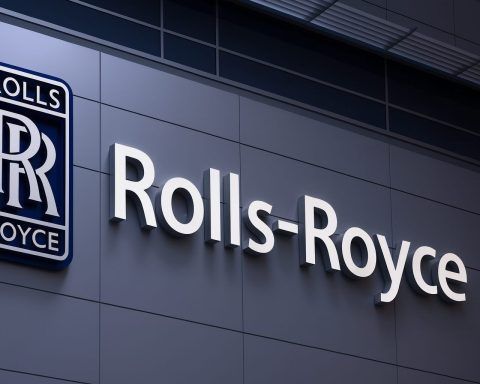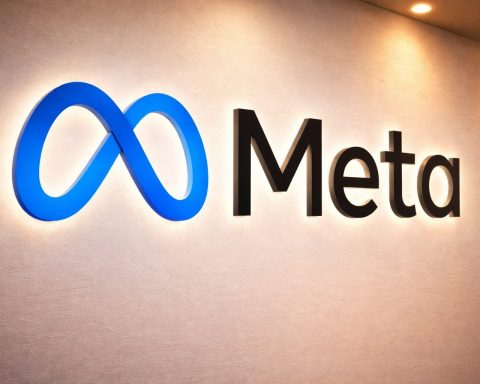- Growth Upgrade: Goodbody’s chief economist Dermot O’Leary has lifted Ireland’s 2025 growth forecast to +3.6% (in Modified Domestic Demand terms), up from 3.0%, and sees ~3.2% in 2026 (2.9% in 2027). Strong jobs growth, population gains and buoyant consumer spending are driving this surprise upside.
- Tariffs & Tax Risk Eased: The worst of the US tariff and tax risks for Ireland has not materialised. Trump’s planned drug tariff was capped at 15% (vs an earlier threat of 100%) and new US tax reforms were shelved – “the fog appears to be lifting” on these threats. Goodbody notes that “risks prevail in relation to pharmaceuticals, but a 15% tariff cap and some recent deals provide some clarity”. Similarly, more protectionist US tax plans have been put on ice, reducing threats to Ireland’s low-tax model.
- Market Moves: Irish stocks and currency are steady. The ISEQ All-Share index is around 11,550 (easing ~0.4% on 22 Oct), near its 52-week high of ~11,880. Notably, Irish construction firm Kingspan jumped after a Citigroup upgrade, while banks and insurers rallied on recovering risk appetite. The euro trades around $1.16–$1.17 (near one-year highs), and 10-year Irish bond yields sit about 2.8% (down slightly).
- Domestic Challenges: Housing remains Ireland’s biggest bottleneck. Goodbody warns that without a big increase in private development finance, the government’s 50,000–60,000 homes/year target will remain “elusive”. Government measures (rent-control and VAT cuts) aim to help, but more bank lending for projects is needed. Meanwhile, Budget 2026 injected a massive €9.4 billion spending boost, raising questions about fiscal discipline as inflationary pressures build (Goodbody stresses “discipline on current spending is essential”).
- Energy & Retrofit: With rising energy costs, experts advise targeting low-cost home upgrades. A full home retrofit can cost €30–40k even after grants [1], but simple measures (attic insulation, draught-proofing) pay off. Grants cover up to 75% of attic insulation, which can cut heat loss ~35%. As SEAI’s Brian McIntyre notes, “insulating the attic… has an almost immediate impact” on bills.
In-depth, Goodbody’s Irish Economic Health Check (Oct 2025) portrays a surprisingly robust outlook. Chief Economist Dermot O’Leary emphasizes Ireland’s strong labour market and surging consumer spending. Goodbody now forecasts 3.6% MDD growth in 2025 (up from 3.0% prior), with 2026 at 3.2% and 2027 at 2.9%. O’Leary says “ongoing strength in the labour market, aided by buoyant population growth, is playing an important role in consumer spending”. These upgrades more than offset softer foreign investment trends: he notes IDA-supported job announcements have slowed, partly because US firms are shifting emphasis back home.
Tariff and Tax Risks – which loomed large in early 2025 – have substantially eased. According to Bloomberg, Goodbody’s report finds that since mid-year the “risks to the Irish economy from US policy changes including tariffs have lowered”. As one analyst quipped, much of the tariff shock was “already priced in” by markets [2]. Trump’s proposed tariffs on pharma (formerly up to 100%) have been capped at 15%, and his big “One Big Beautiful Bill” corporate tax overhaul has yet to emerge. O’Leary notes that “the worst tariff fears have not materialised. Similarly, corporate tax proposals that could have undermined Ireland’s competitiveness have largely been shelved.”. This clarity – the “fog lifting” – underpins confidence.
Markets have reacted positively to this reduced uncertainty. European stock indices rebounded in late September after a mid-week slide on tariff news. The STOXX 600 closed up ~0.8% on 26 Sept, with gains led by financials and materials as investors digested Trump’s moves. In Dublin, the ISEQ All-Share index hovers near record levels (~11,550 on 22 Oct). Major Irish companies saw mixed shifts: for example, Kingspan’s shares jumped ~1% on a Citigroup buy upgrade, reflecting strength in construction; insurance and tech names also saw boosts. Currency moves mirror the trend – the euro is bid up to about $1.16–$1.17, bolstered by European optimism and a dip in the dollar as the U.S. Fed hints at postponing rate cuts. (By contrast, the pound slipped ~2% this week on UK fiscal worries, underscoring Ireland’s relative stability.)
Despite the positive outlook, risks remain. Goodbody warns that once the surge in corporation tax receipts is stripped out, Ireland’s underlying budget balance is weaker. They expect record corp-tax revenues (€34 bn, ~31% of all tax) in 2026, partly due to the new 15% EU-wide rate on big firms. But absent these one-offs, the fiscal stance looks tight. O’Leary cautions that public spending is still high: if growth wanes, “current spending discipline is essential to avoid damaging inflationary pressures”. Infrastructure gaps – in housing, energy, and transport – also loom. Goodbody notes capital spending is rising (to €19.1 bn in 2026), but “the challenge lies in execution – removing planning bottlenecks… and accelerating delivery”. On housing, he repeats his warning: after a policy-driven boom in 2024, housing starts are falling sharply. Ireland needs 50–60k homes a year for now, but private builders are wary unless projects are viable. “Government measures… aim to bridge the gap, but private investment must play a larger role. Without it, the goal… will remain elusive,” he writes.
Experts outside Goodbody echo the cautiously upbeat tone. The Central Bank of Ireland recently raised its own 2025 growth forecast from 2.0% to 2.9% (MDD), noting that actual tariffs implemented have been milder than feared. It warned only that, over the medium term, tariffs could cut ~1% off Irish GDP if fully applied. The European Commission (in May) likewise projected ~3.4% GDP growth for 2025, though Goodbody’s higher figure suggests Ireland could outperform its EU peers. This places Ireland among the eurozone’s leaders: Spain now expects ~2.7% in 2025, Germany and Italy even less, while Ireland’s economy – bolstered by multinationals and robust domestic demand – may even be the bloc’s fastest growing.
Finally, consumers are eyeing household budgets. With global energy prices easing slightly, Irish inflation is moderating, but energy-saving measures remain vital. The Irish Times notes that a full home retrofit (wall/roof insulation, heat-pump, etc.) can cost up to €38,000 even after state grants [3] – prohibitive for many. However, targeted DIY upgrades can cut bills for only ~€1,000 by exploiting generous grants. For instance, attic insulation grants (up to 75% cover) can reduce heat loss by ~35%. “For the vast majority of people, insulating the attic… has an almost immediate impact,” says SEAI building expert Brian McIntyre. With energy credits ending and budgets tight, such measures are a low-cost way to boost disposable income.
Outlook: Overall, Ireland’s economy looks better than feared. Goodbody sums up that “the worst tariff fears have not materialised” and better-than-expected consumer demand has taken over. Analysts now expect around 3–3.5% growth into 2026 before a gradual slowdown. The key will be sustaining momentum without igniting inflation: moderate Fed moves and stable oil prices would help. Further U.S. tax or trade shifts remain watchpoints, but for now investors and policymakers have been pleasantly surprised. As Mateusz Kaczmarek of TS2.Tech observes, markets have rallied by treating the tariff shock as largely priced in, enabling a turn from fear back to bullish “risk on” sentiment. If Ireland can overcome its housing and infrastructure constraints, economists say it may indeed become one of Europe’s fastest-growing economies – a remarkable turnaround from the abyss of tariff anxiety.
Sources: Recent reports from Bloomberg, The Irish Times [4] and Irish Examiner, Reuters news, and market analysis. All data and quotations are to October 22, 2025.
References
1. www.irishtimes.com, 2. ts2.tech, 3. www.irishtimes.com, 4. www.irishtimes.com

